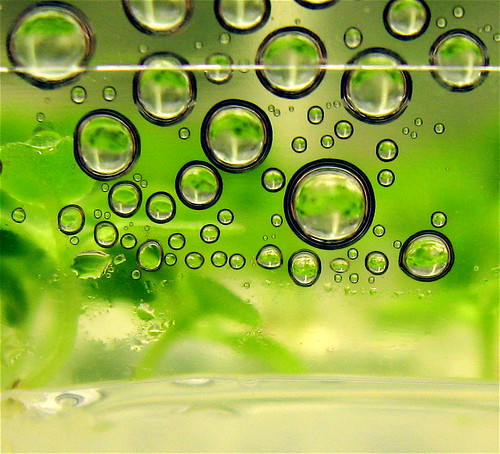With the recent release of the new Apple iPhone 5, Apple reported that they had 2 million pre-orders for that before it was even released. That means there's another 2 million phones that may be bound for the local landfills. I happened across this article from Earth911.org that was talking about the release of the new iPhone and some ideas for recycling the old cell phones that you might have laying around the house.
Here it is:
Earth911 Cell phones article
After an upgrade, old cell phones often sit in drawers and closets gathering dust and less than 10 percent of these phones are eventually recycled. Considering that upgrades and damage make 100 million cell phones obsolete each year, that's a whole lot of e-waste that could be headed for our landfills. So, if you're one of the millions of Apple-lovers planning a big upgrade, take a few simple steps to responsibly dispose of your old phone first.

If your old iPhone still works, you could make some serious cash by recycling it. Apple pays customers for their unwanted but usable iPhones in Apple gift cards - meaning you can help foot the bill for your upgrade by recycling your current model.
To calculate your iPhone's value, you'll need to answer a few questions about its condition: Does the battery fully charge, or has the device ever been water damaged? The estimated value of an iPhone 4S (16 GB) in very good condition is $255, while an undamaged iPhone 4 will earn you around $140.
Another option for usable cell phones and smartphones - no matter what the brand - is electronics buy-back companies such as
Recellular,
YouRenew,
BuyMyTronics,
MaxBack and
Gazelle, which pay you in cash instead of gift cards.
Like the Apple program, you'll need to answer a few quick questions about the age and condition of your gadget first. Then, simply mail your device via prepaid postage, and you'll typically receive payment for the full market value in less than two weeks. Meanwhile, your phone will be sold for reuse - keeping e-waste out of landfills and putting a few dollars back in your pocket.
Sure, you could make a few extra dollars by recycling your old smartphone. But if you want to help your gadget give back, why not try using it to support charitable causes?
An ever-growing number of nonprofits are using tossed cell phones and other electronics to benefit the environment and communities in need. EcoCell allows you to donate all brands of cell phones and smartphones to help save an endangered species or benefit zoos, wildlife refuges and botanical gardens.
Cell Phones for Soldiers refurbishes unwanted phones, sells them and uses the cash to buy calling cards for U.S. troops stationed overseas, while March of Dimes uses cash from remarketed phones for medical research on birth defects and infant mortality.
Your wireless provider may also offer charity take-back programs for your old phone. Verizon accepts used cell phones through its HopeLine program, with all proceeds benefitting families affected by domestic violence. With Sprint, you can use your old phone to help kids with serious health issues attend summer camp through the Recycle for Victory program, or fund Internet safety programs for children in need through Project Connect.
For a wider selection of nonprofits, head to
Recycling for Charities - a Web-based take-back program that accepts and recycles all forms of electronics and gives a value donation to your charity of choice. Causes include animal shelters, environmental initiatives and community groups.
Many of these causes offer drop-off programs for cell phone and smartphone donations. Check to see if there is a drop-off location in your area before mailing your phone to save on shipping emissions and packaging waste.
Some buy-back and charitable take-back programs will accept your iPhone or smartphone if it's broken. But most shy away from non-working models. However, even the most banged-up devices are chock full of usable resources that are readily recoverable through recycling. So, if you can't find a buy-back program or charitable organization that will take your broken phone, you still have loads of options for responsible disposal.
Apple's recycling program accepts broken or unusable iPhones (they just don't pay you for them). Most electronics stores, including Best Buy, Staples and Radio Shack, also offer free take-back recycling programs for cell phones and smartphones. Almost all wireless carriers, including Sprint, Verizon, AT&T and T-Mobile, will also accept your broken phone for recycling at no cost.












